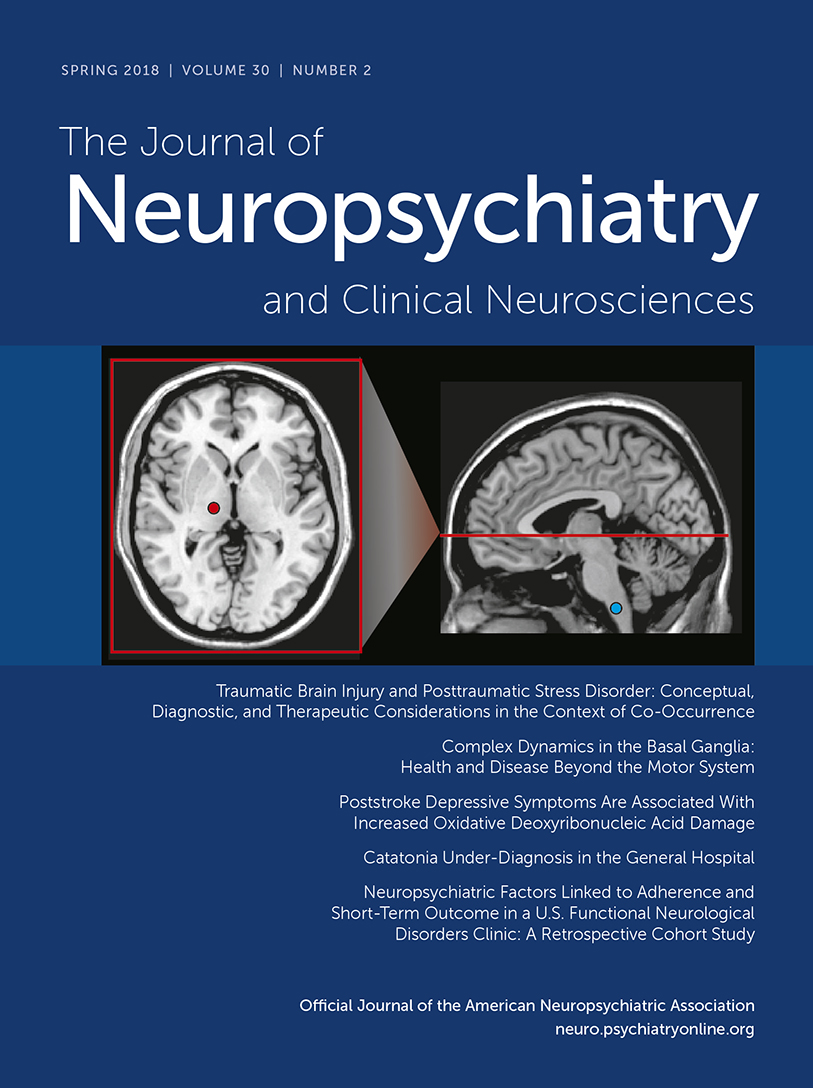Depressive Symptoms Are Associated With Color Vision but not Olfactory Function in Patients With Parkinson’s Disease
Abstract
Depressive symptoms and sensory dysfunction, such as reduction in visual and olfactory function, are common in Parkinson’s disease (PD). Previous studies have suggested that depressive symptoms are associated with visual impairments and potentially with hyposmia in several types of mood disorders. However, the relationship between depressive symptoms and sensory dysfunction remains unclear in PD. To examine the association of depressive symptoms with color vision and olfactory function in PD, the authors conducted a cross-sectional study in 159 patients with PD. Depressive symptoms were measured with the Beck Depression Inventory-II (BDI-II) and the 30-item Geriatric Depression Scale (GDS-30); color vision was tested with the Farnsworth-Munsell 100 Hue Test (FMT); and olfactory function was tested with the Sniffin’ Sticks Screening 12 Test. Results showed that the total error score (TES) for the FMT was significantly and independently correlated with scores on both the BDI-II and GDS-30 in a positive manner, suggesting that more severe depressive symptoms are associated with poorer color vision in PD. In addition, both somatic and effective subscores for the BDI-II were correlated with the TES on the FMT, while no significant correlation was observed between total scores on the Sniffin’ Sticks Screening 12 Test and BDI-II or GDS-30. The decrease in color vision but not olfactory function was found to be associated with the severity of depressive symptoms in PD patients, supporting the idea that the occurrence of depressive symptoms in PD is linked with disruption of the visual system.



